My hectic travel schedule continued at the end of May. The Estonian Patent Office held a major conference on innovation to celebrate its 105th anniversary, and I went to Tallinn, Estonia’s capital city, representing our office at the event, alongside our executive director. There are no direct flights between Alicante and Tallinn, so I flew there via Stockholm, and back to Alicante via Copenhagen, stopping there for one night to meet up with my friend Beata.
22_1
I did spend the weekend at home, following my trip to Ireland the previous week, and of course I hit the local roads on my bicycle. On Sunday I cycled to Relleu, a small town in the mountains about 32 km north-west of where I live. The last 15 km of that ride offers some of the prettiest roads around here:

22_2
There are grand views:
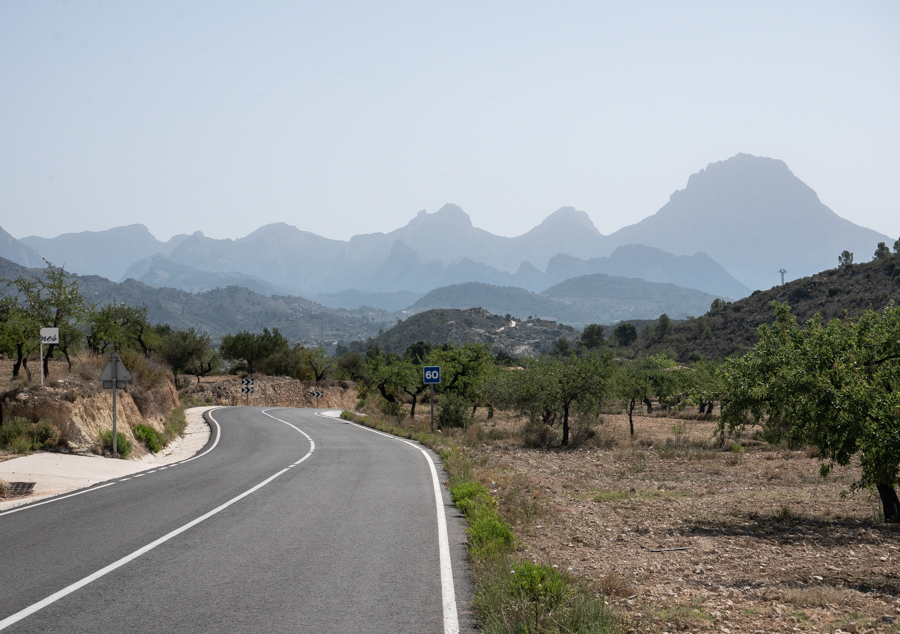
22_3
And little details by the side of the road:

22_4
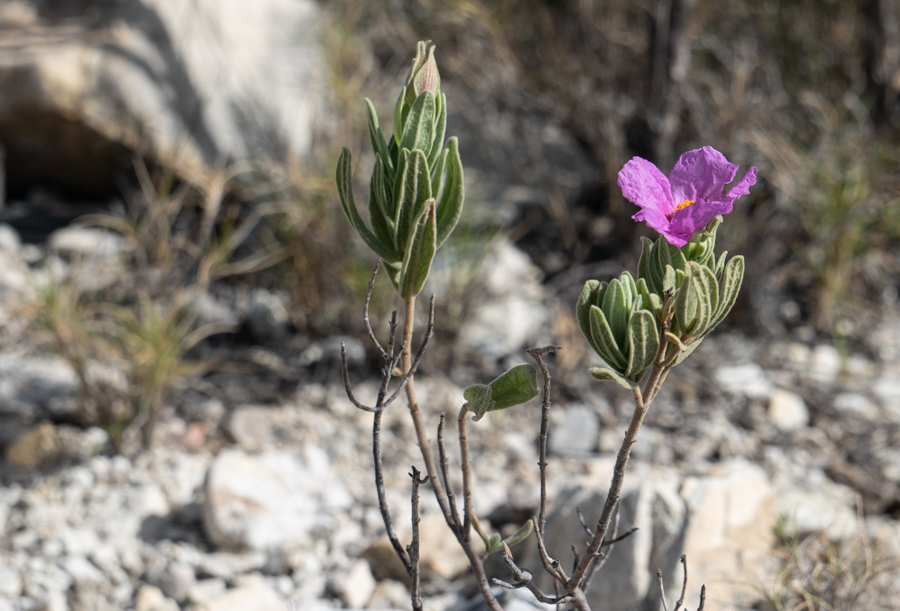
22_5
Relleu has a population of about 1200, and the old centre of the town, where perhaps half of them live (there are some modern subdivisions on the outskirts), is the kind of place where everyone knows each other, and where older men like this group can spend hours sitting on the square in front of the church, talking and engaging with passers-by:
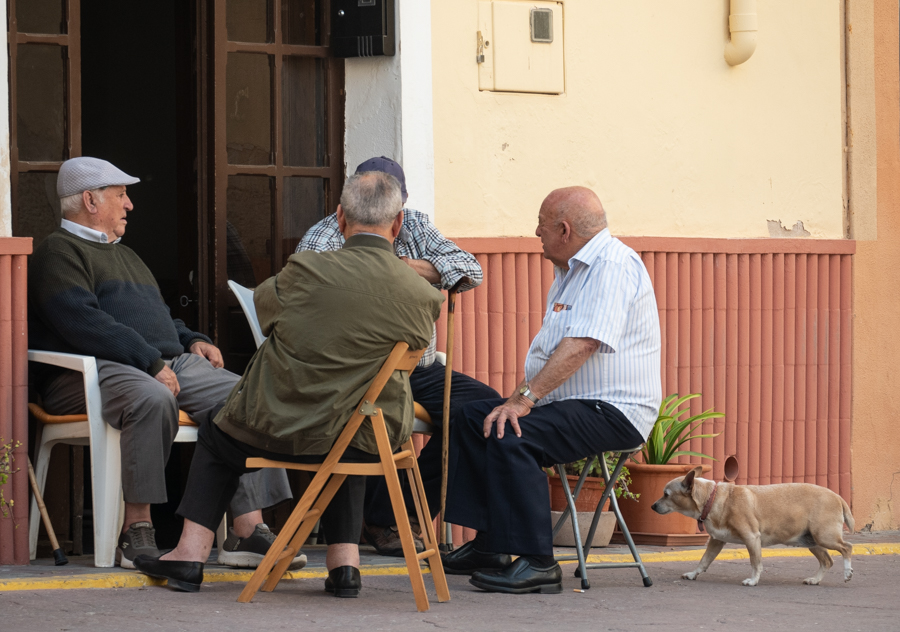
22_6
On the way back, I stopped to photograph this beautiful house set among almond trees:
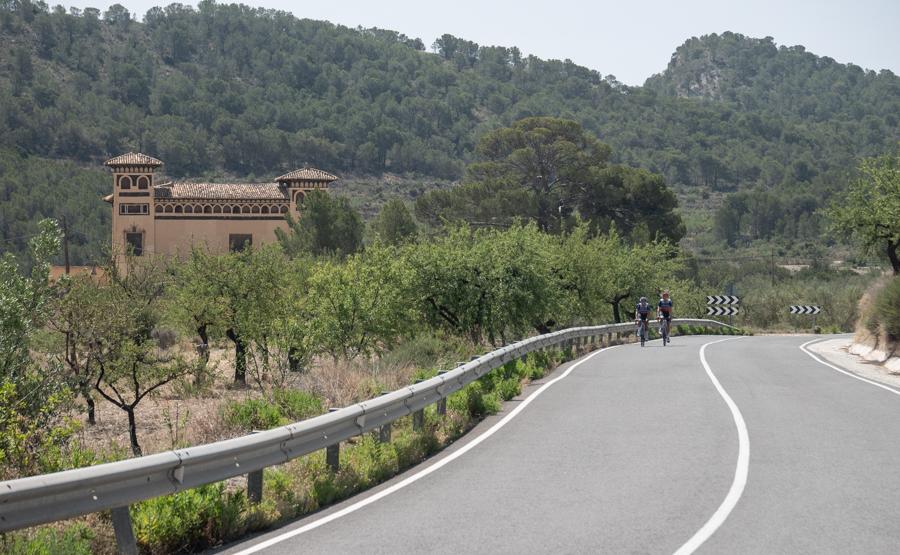
22_7
In the afternoon, I stopped at 100 Montaditos, as I often do. There was a hot dog among the patrons:
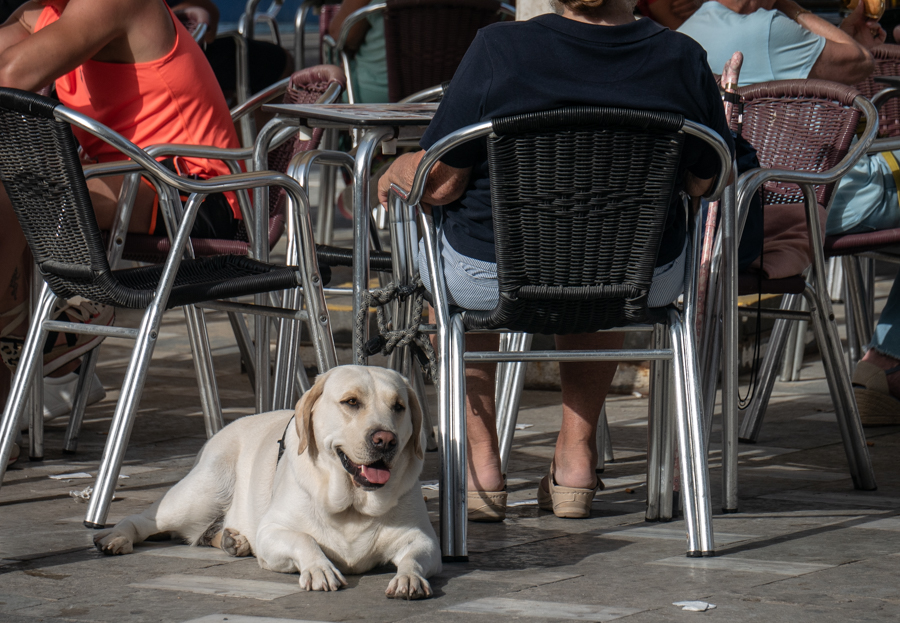
On Tuesday I flew to Tallinn, quite excited about visiting Estonia for the first time.
22_8
My hotel was quite close to Tallinn’s Old Town, a UNESCO World Heritage Site. After hanging my clothes and otherwise installing myself in the hotel, I immediately ventured out to walk around. I had arrived in mid-afternoon, but since sunset at this time of the year is after 10 p.m., I had plenty of daylight hours left. After crossing the gate to the Old Town, walked down Viru street towards the town hall:
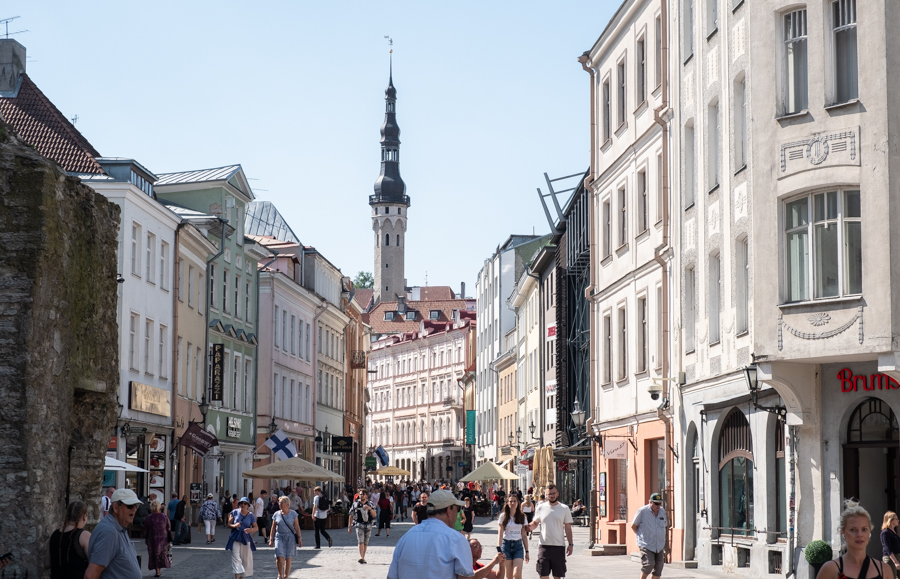
22_9
I stopped by the St. Peter and St. Paul Cathedral to have a look:
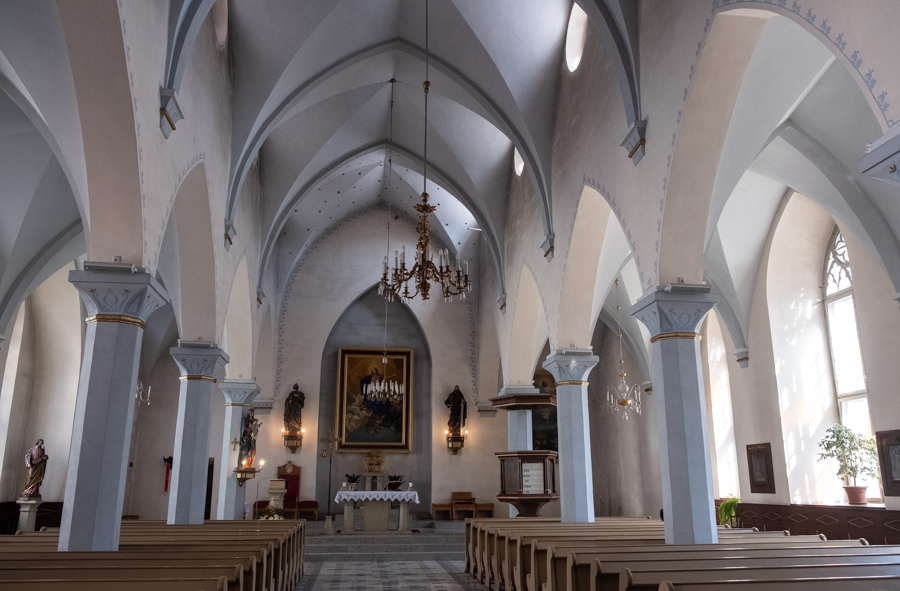
22_10
The donation box in the church. They prefer cards to cash. Estonia is generally one of the most digital countries in the world, with most interactions between the citizens and authorities taking place online, including voting in elections:
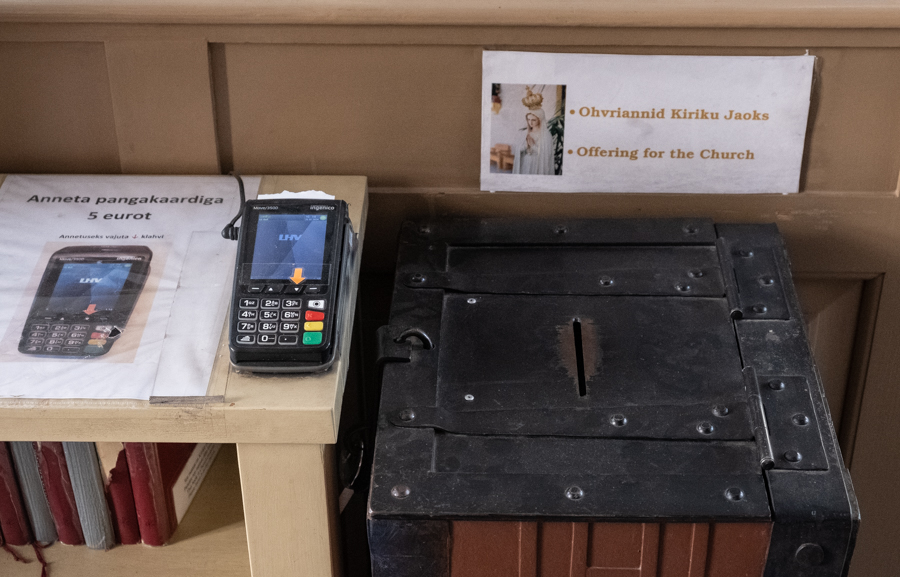
22_11
Modern Estonia. If these girls looked like this during the bad old days when Estonia was occupied by the Soviet Union, they would have been sent to an institution:
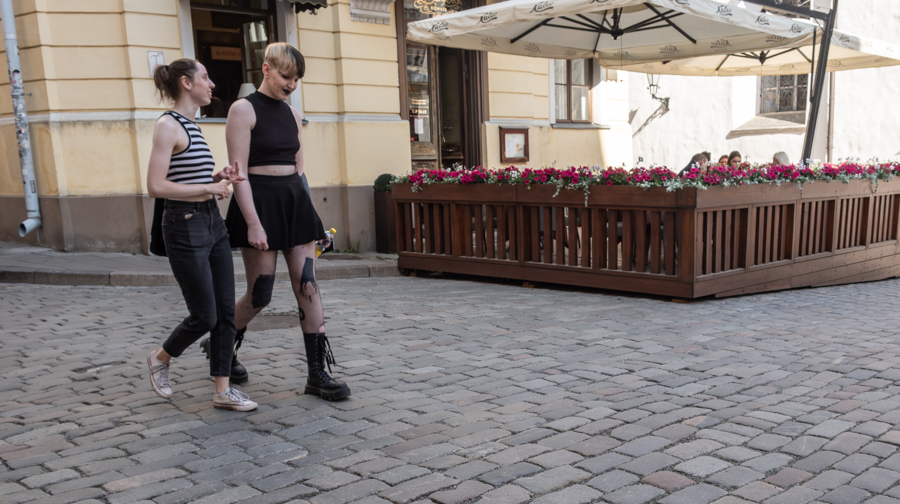
22_12
Flashback to the bad old days. Linnahall, a huge seaside complex, was built for the 1980 Moscow Olympics. Tallinn hosted the sailing events. Today, the place slowly deteriorating, full of weeds and graffiti:
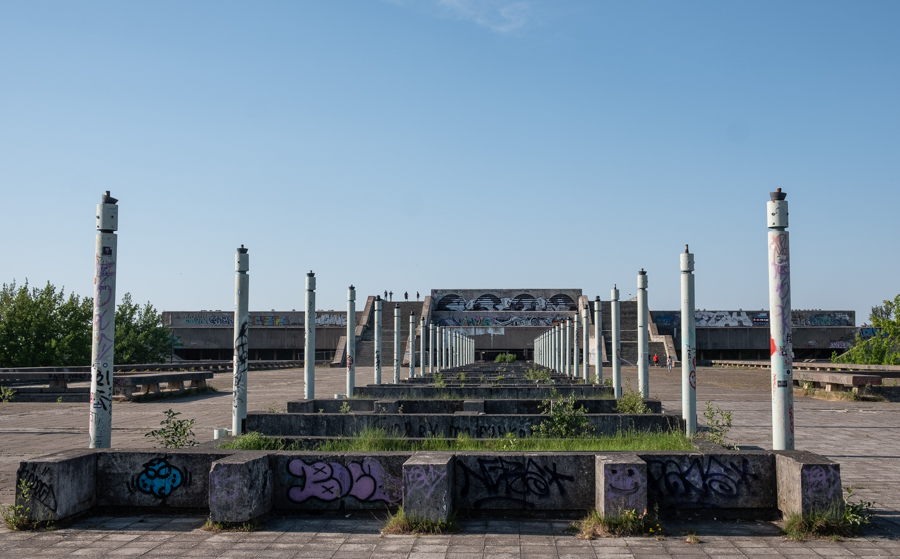
22_13
Back in the Old Town, the sidewalk in front of the Russian embassy is suitably adorned with messages against Russia’s aggression and persecution of dissidents:
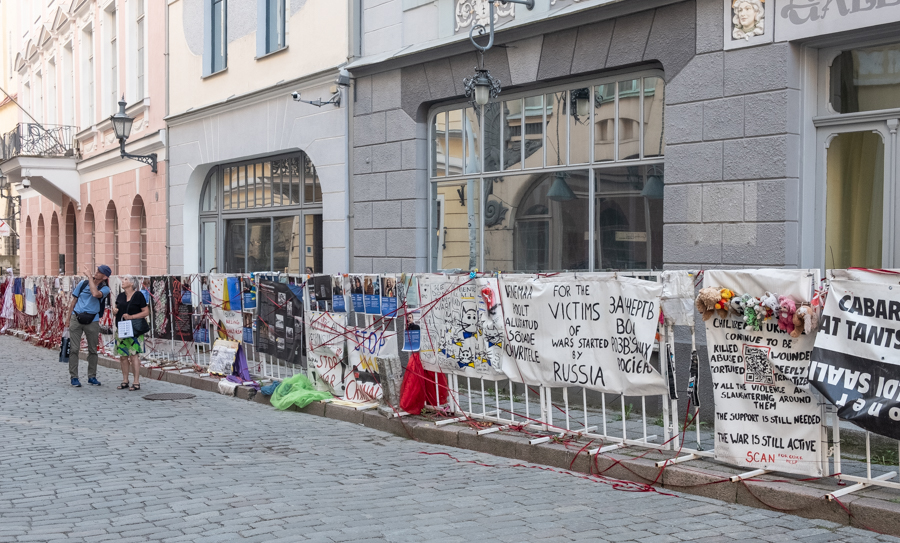
22_14
Freedom Square, with the monument to Estonia’s war of independence against Russia:
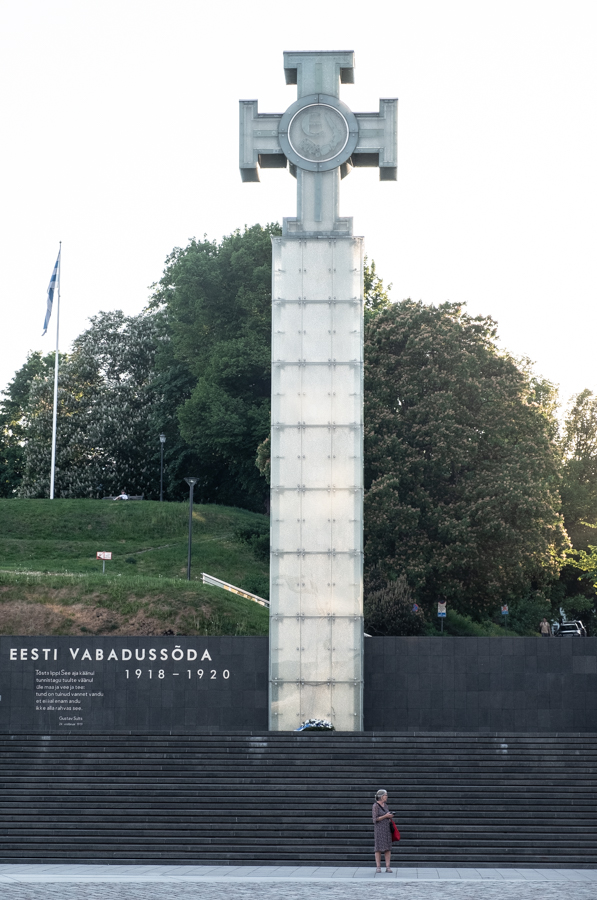
22_15
On Wednesday morning, I walked to the Tallinn Creative Centre, a conference facility in a 19th century power plant. The industrial ambience has been very much preserved:
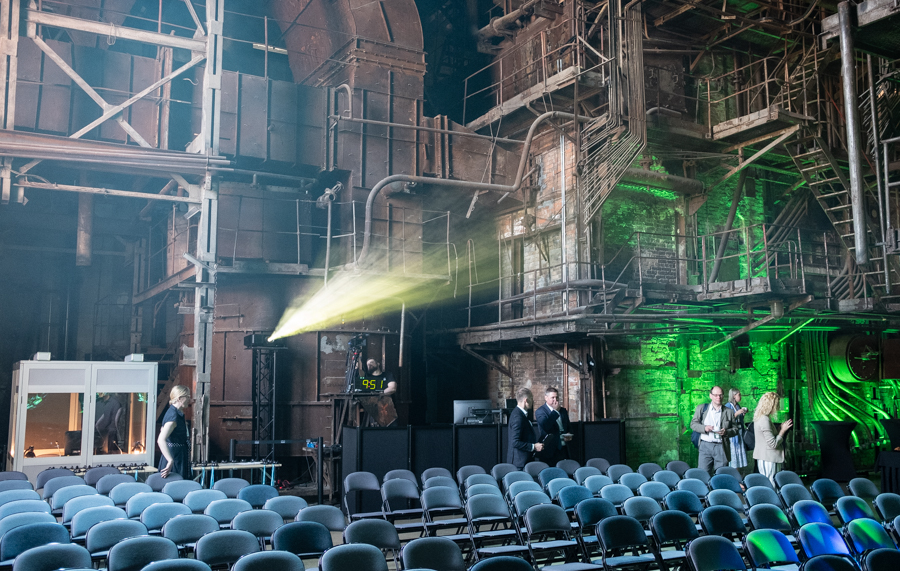
22_16
The conference on innovation is opened by Marcus Viher, president of the Estonian Patent Office:
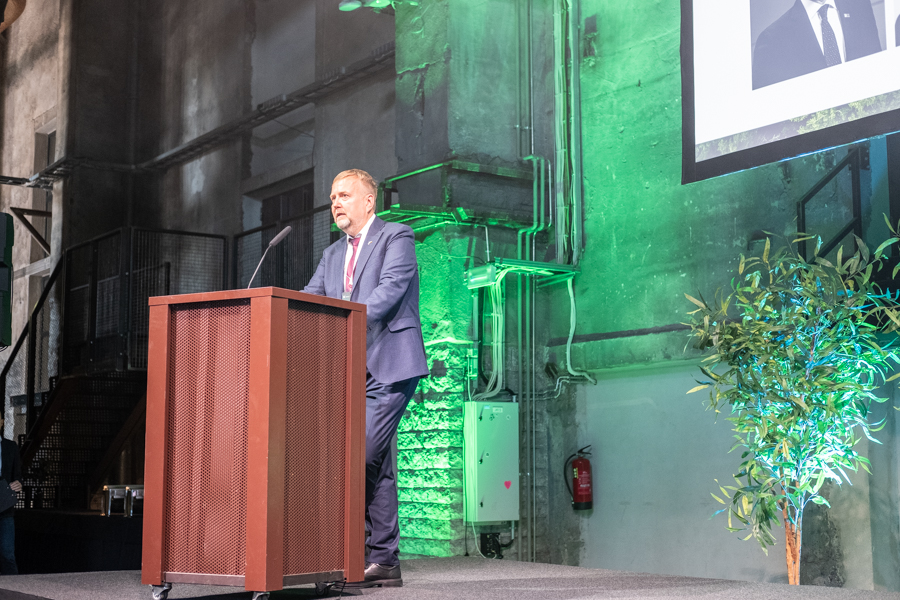
22_17
A number of other high-level speakers followed, including my former boss António Campinos, now head of the European Patent Office in Munich:

22_18
We had a joint presentation on inclusive innovation by two ladies from the World Intellectual Property Organization, a UN body based in Geneva:
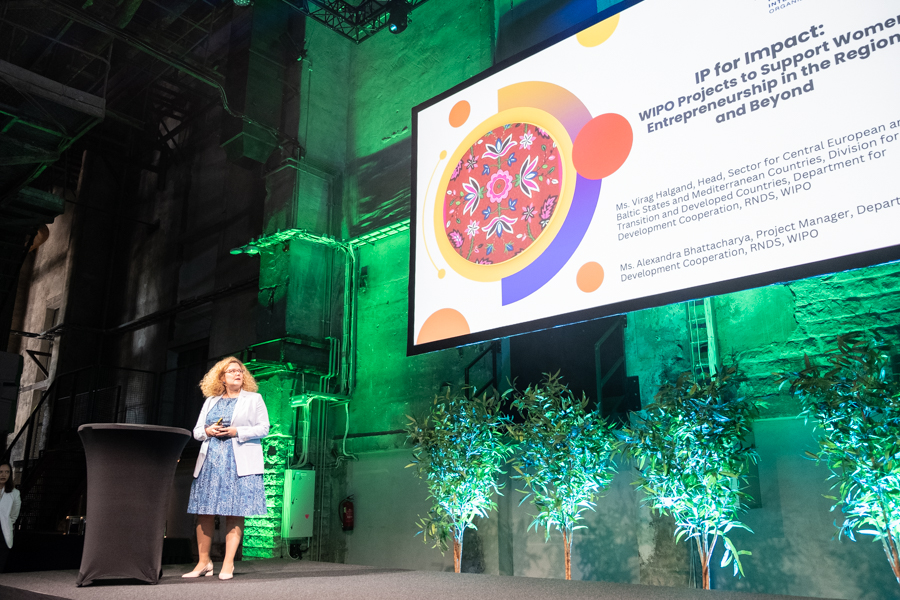
22_19
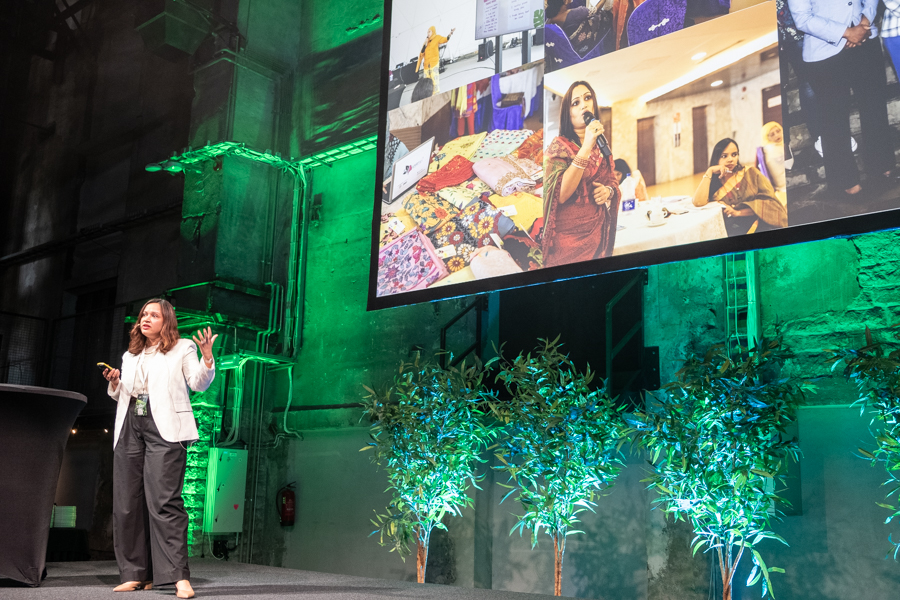
22_20
A representative from the European Patent Office, with the moderator coming on stage in a not-so-subtle signal that her time was up:
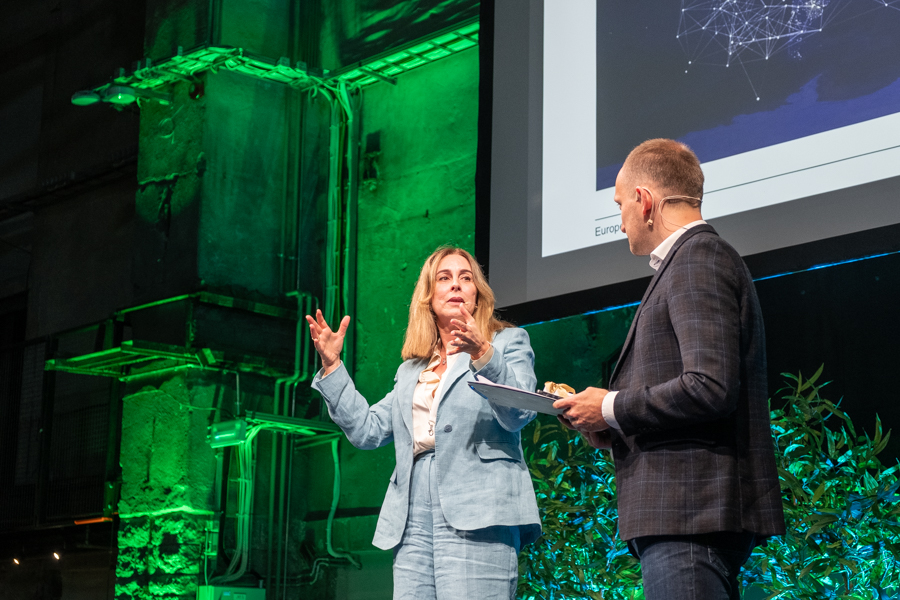
22_21
The conference finished with a presentation of the trade mark of the year in Estonia. This year’s award went to Katre Arula, a local fashion designer:
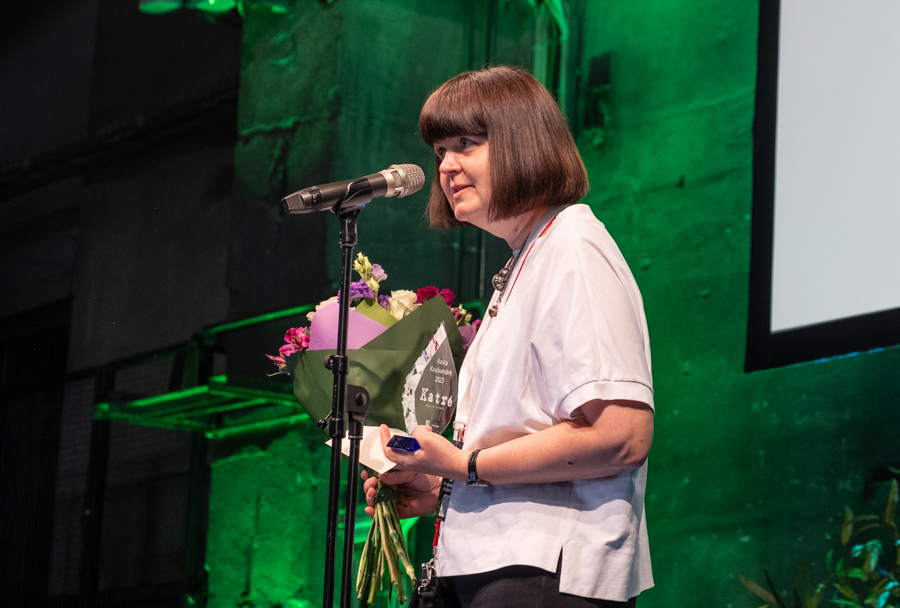
22_22
In the evening, we had dinner in a restaurant on the Pirita beach, from where there was a great view of Tallinn Bay with clouds and the skyline of the city:
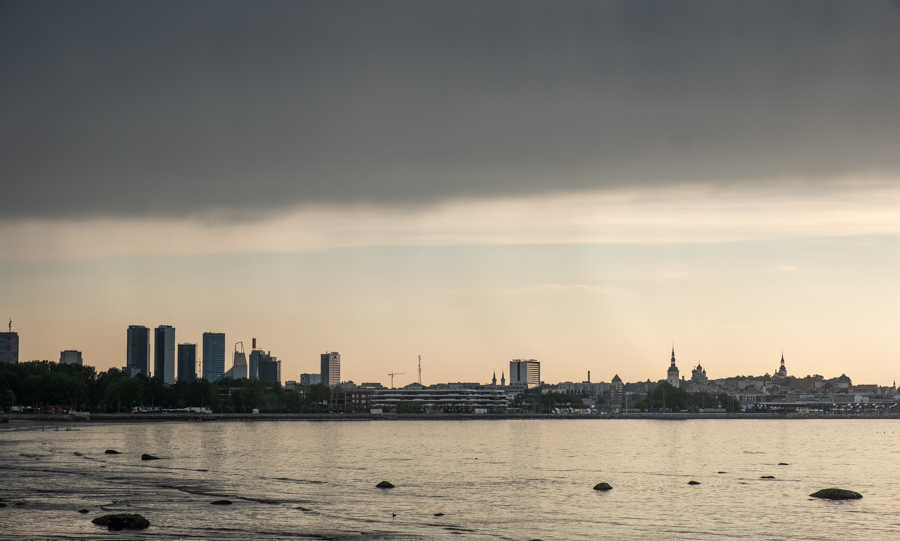
22_23
On my way back to the hotel, there was a rainbow over Narva street:
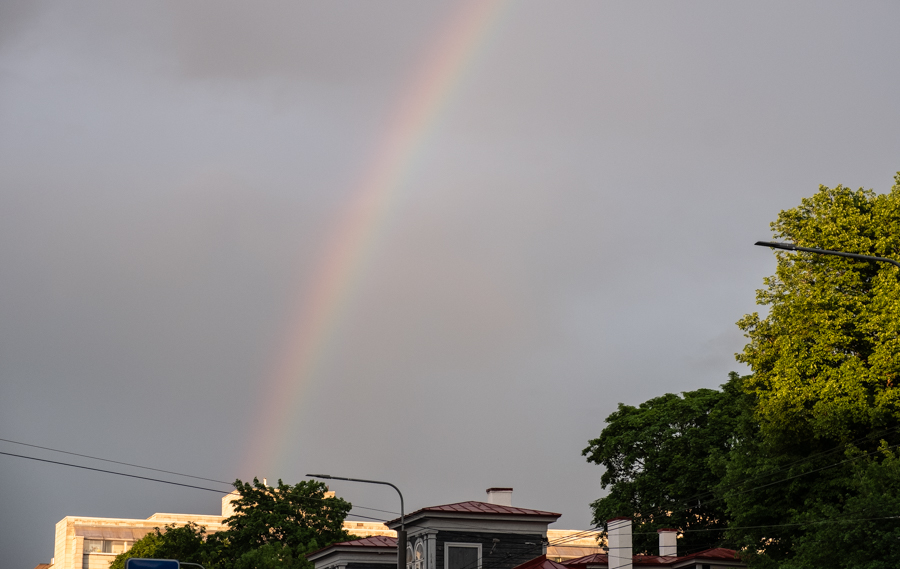
22_24
I was flying to Copenhagen Thursday afternoon, so I took advantage of the morning to do some more sightseeing. I passed the Polish embassy in the Old Town, displaying the flags that matter:

22_25
My last stop in Tallinn was a photography gallery called Fotografiska Tallinn, located in an area behind the main train station that houses many artist’s workshops, exhibition spaces, bars, with a somewhat “alternative” feel to it:
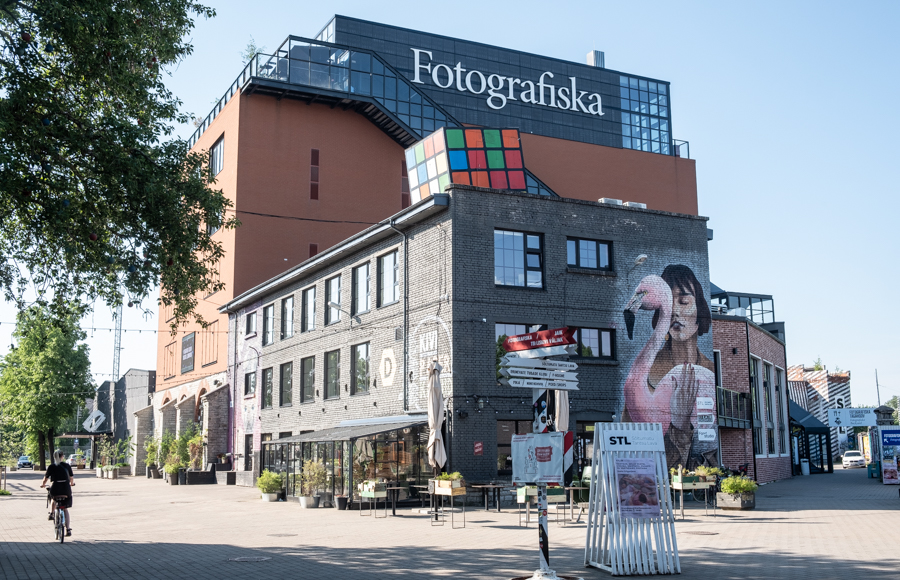
22_26
The highlight of Fotografiska was an exhibition of work by Swedish photographer Kary H. Lasch, called The Golden Years:
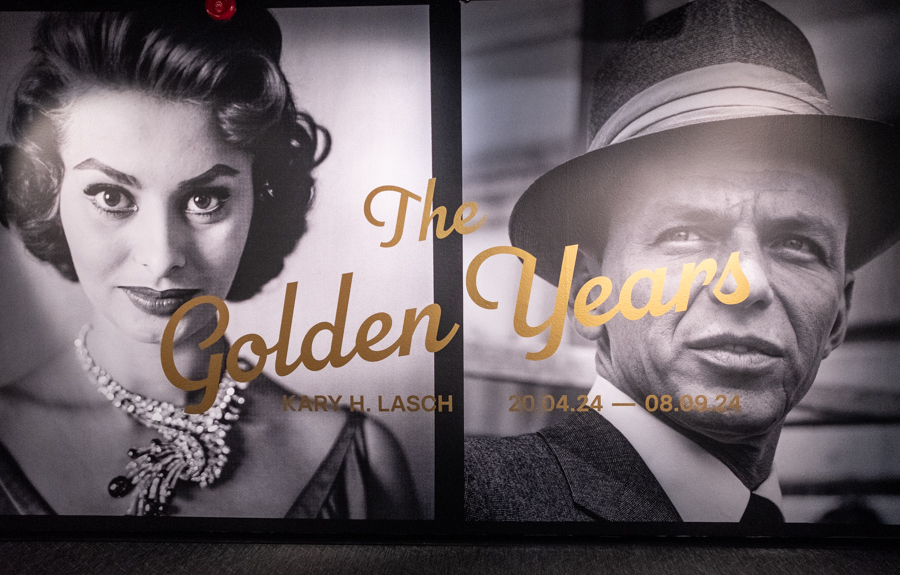
22_27
Lasch photographed many famous people of the post-war era, including Salvador Dalí:
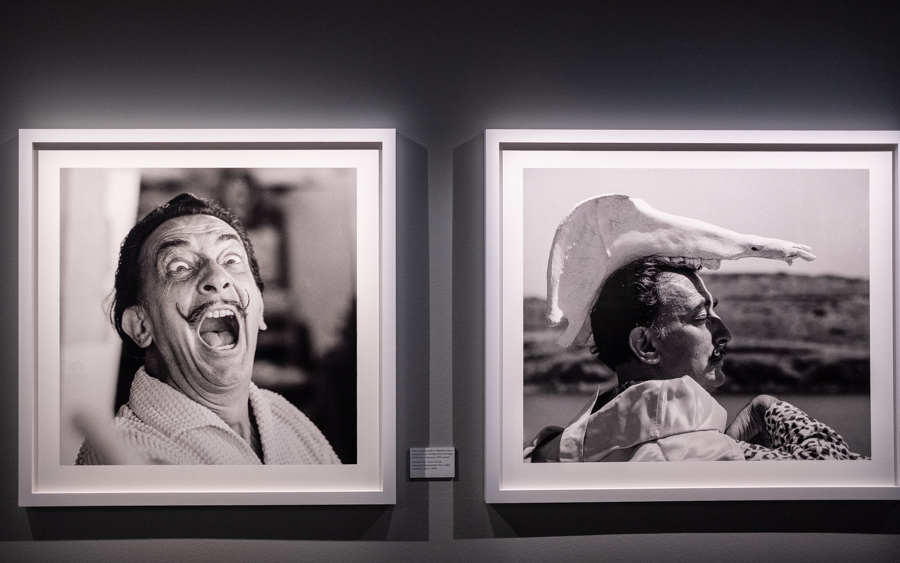
22_28
And Picasso:
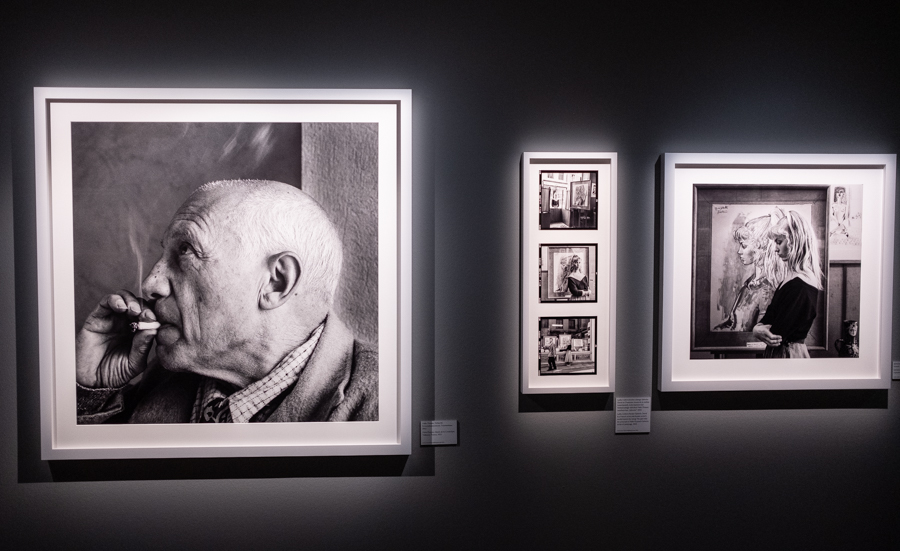
22_29
Picasso’s model Sylvette David:
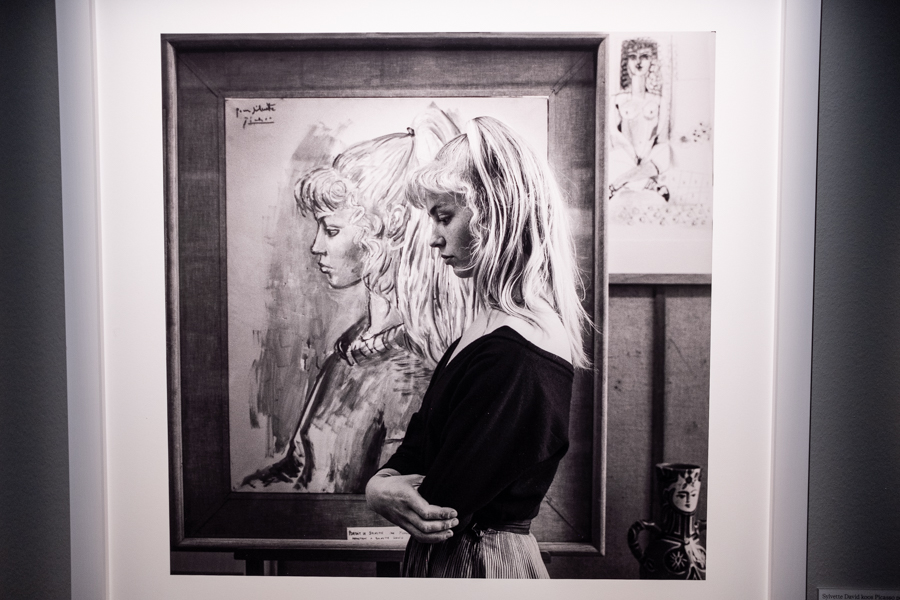
22_30
Sophia Loren in her sleeper car on a train to Stockholm:
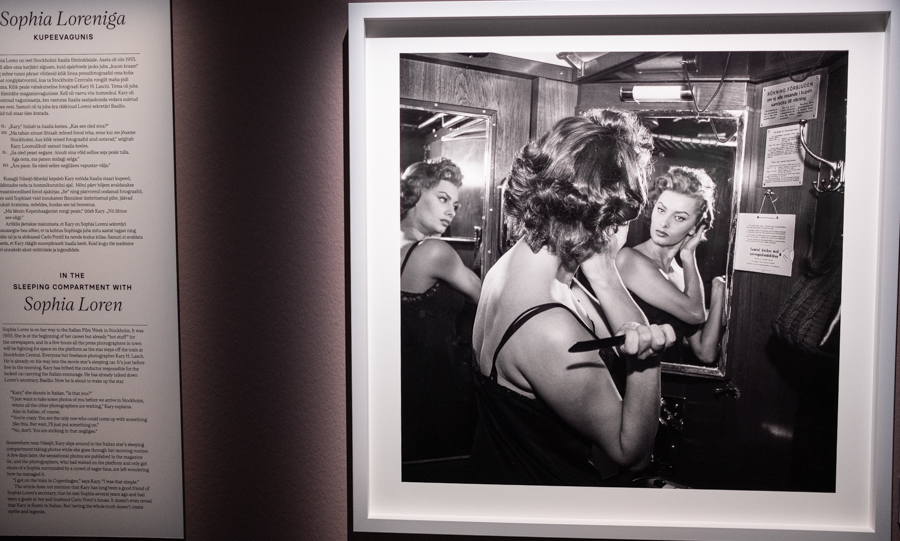
22_31
Eartha Kitt:
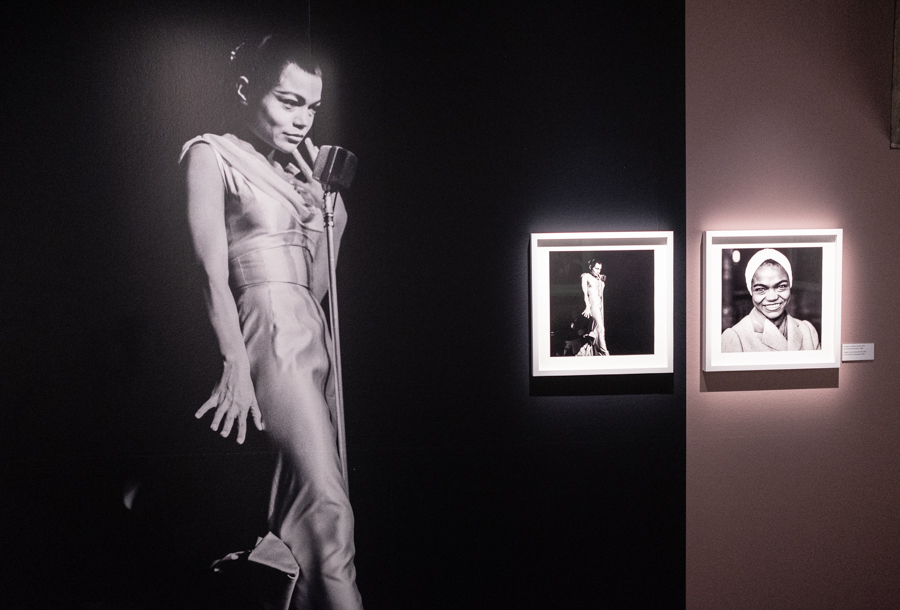
After my visit to Fotografiska, I walked back to my hotel, had lunch in an adjacent restaurant, took a taxi to the airport and flew to Copenhagen.
22_32
This is the hotel in Copenhagen where I usually stay, although not this time. It is next to the main train station, and was built in the 1930s to serve the employees of the Danish railroads:
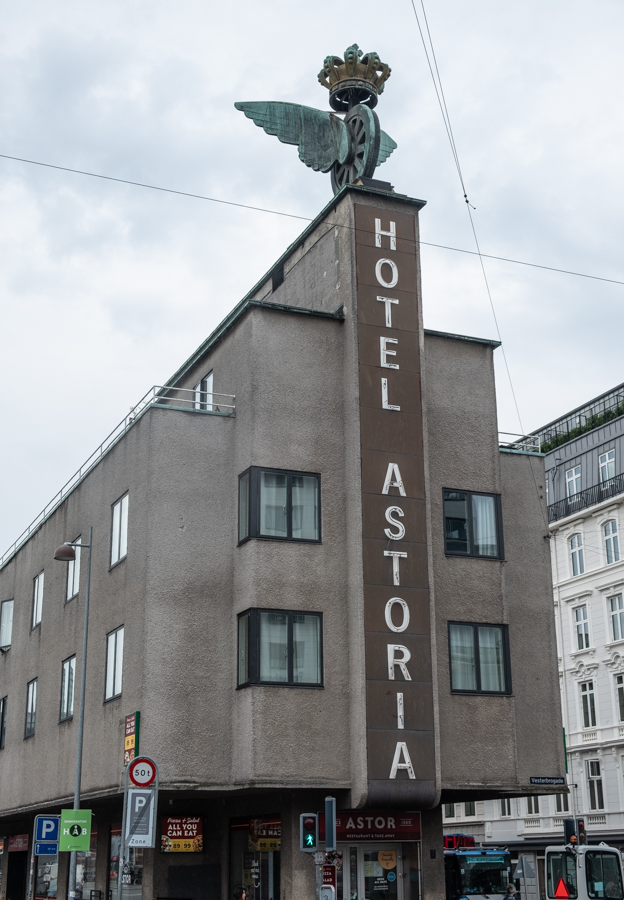
22_33
On Friday morning I got up early and went to the cemetery to visit the graves of my parents. On the way, I stopped to photograph this rubbish bin with its “sharing shelf”. This is designed for people to put their empty bottles. All drink bottles in Denmark (including plastic bottles and aluminum cans) have a deposit of about 0.20 EUR or more, depending on size, and the homeless often collect discarded bottles to sell (every supermarket has a machine for receiving bottles and cans). This way they can get them without having to dig in the garbage:
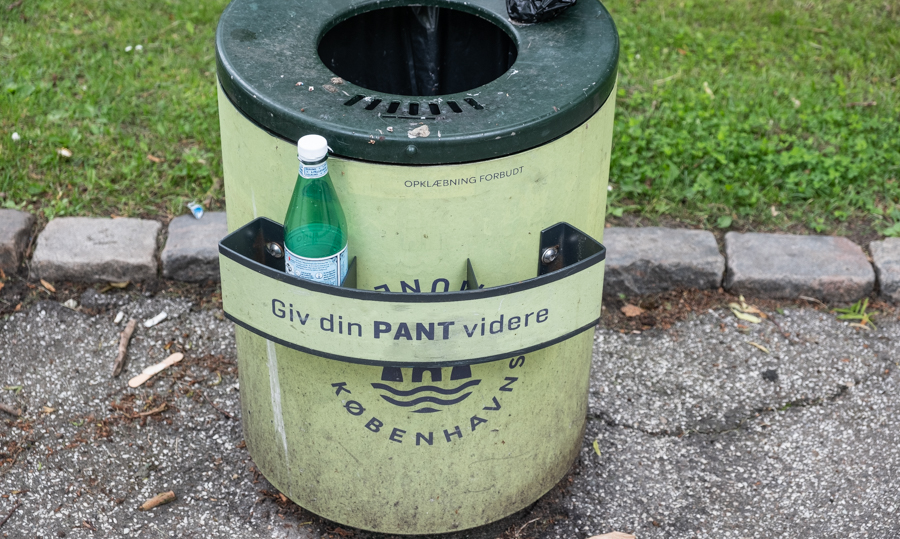
22_34
Then it was time for my filial duties. I first visited my mother’s grave. She is buried at Vestre Kirkegård, Copenhagen’s largest cemetery:
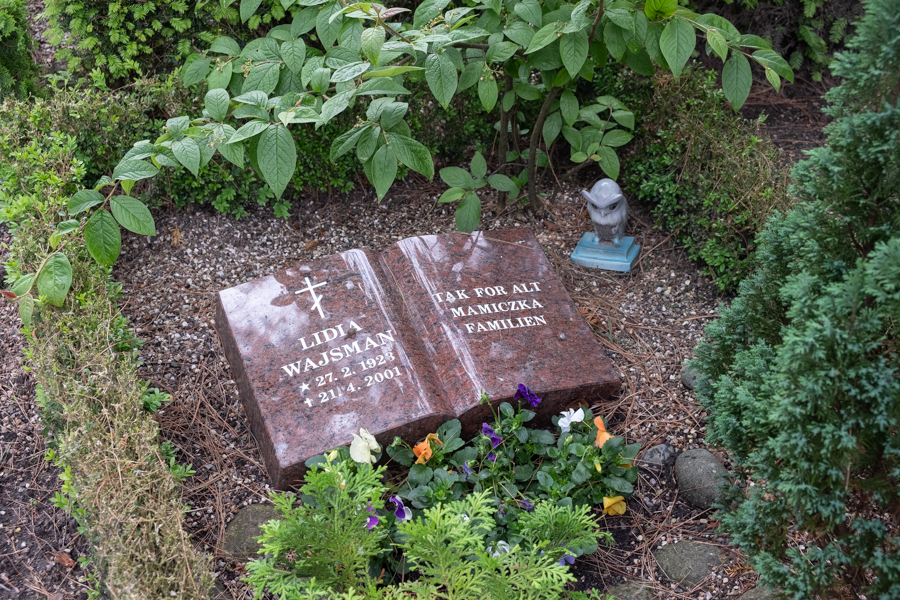
22_35
And my father’s final resting place is the Jewish cemetery next to the one where my mother is buried. Both graves are well maintained by the gardening services contracted for the job, although I need to have my father’s stone retouched:
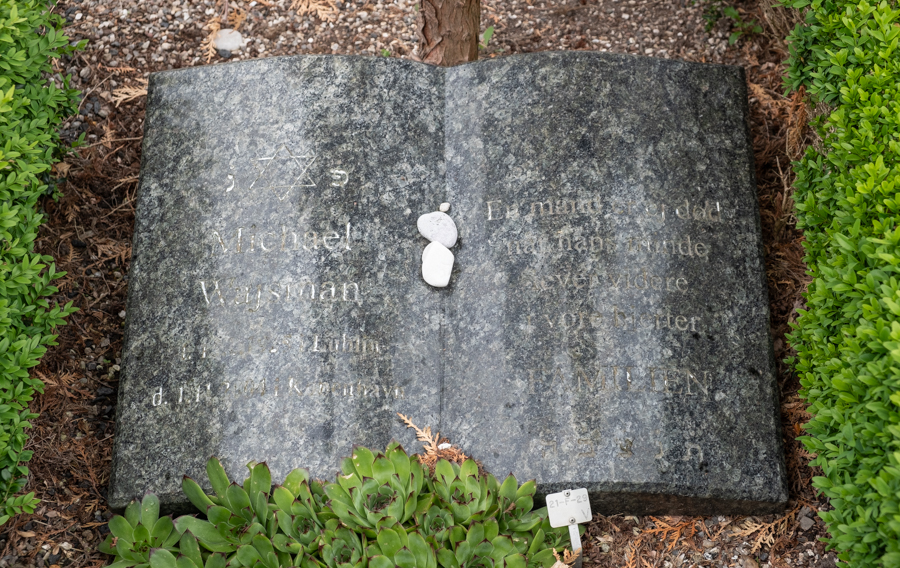
22_36
Normally I just visit my parents’ graves and leave, but this time I walked around the Jewish cemetery a bit more. Near the entrance is a plaque marking the opening of the cemetary in 1885 (there is another, older Jewish cemetery elsewhere in Copenhagen, but it is no longer in use):
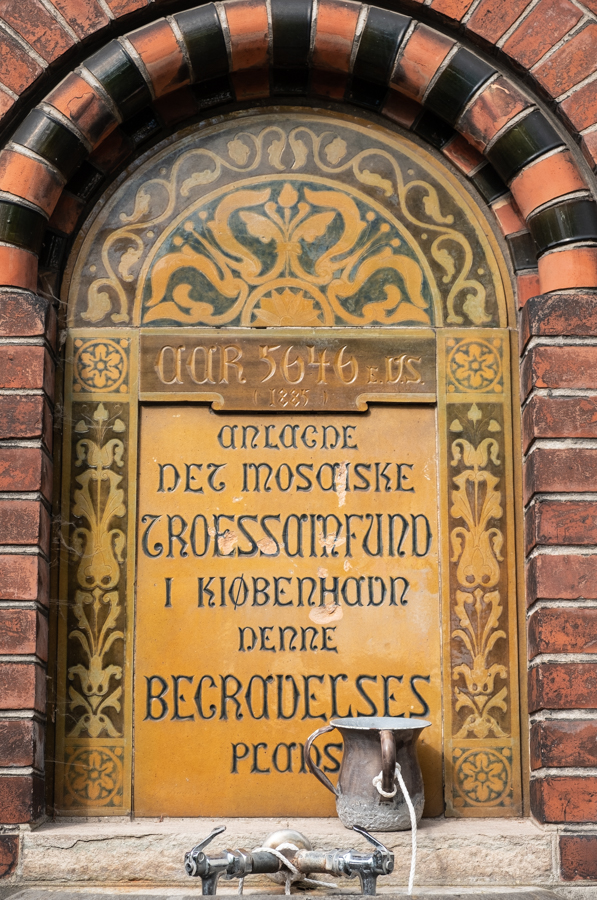
22_37
I walked around a bit in the oldest section of the cemetery. There are many familiar names there; Jews have had full civil rights in Denmark since the early 19th century, and many rose to positions of prominence in Danish society and cultural life:
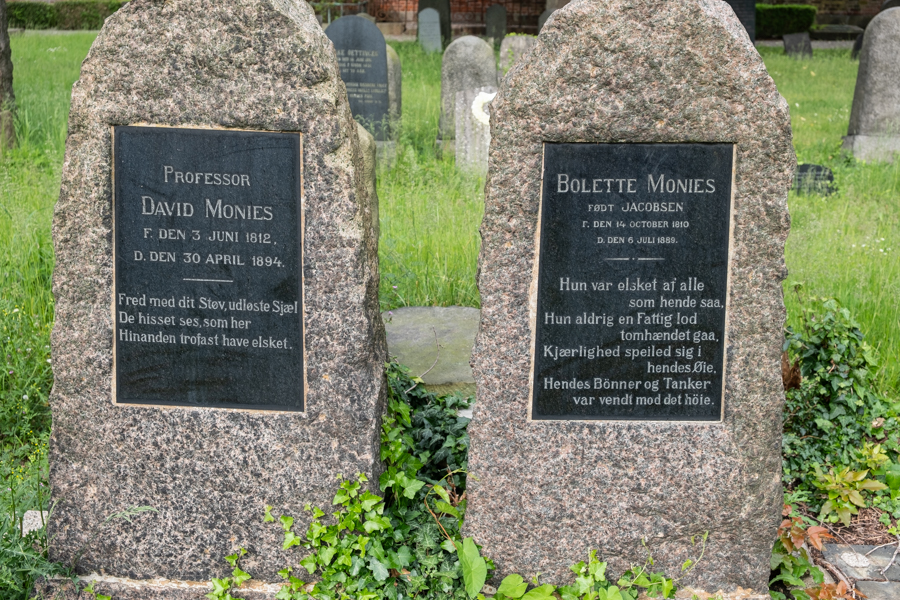
22_38
After my cemetery visit, I met up with my friend Beata and we took the train north to Humlebæk to visit the Louisiana Museum of Modern Art, something I did not have time to do during my previous visit to Copenhagen in April. This is the original building of the museum, bought by its founder Knud W. Jensen in the 1950s. It is a 19th century country villa, built by a wealthy man whose wife’s name was Louise–hence the name of the museum:
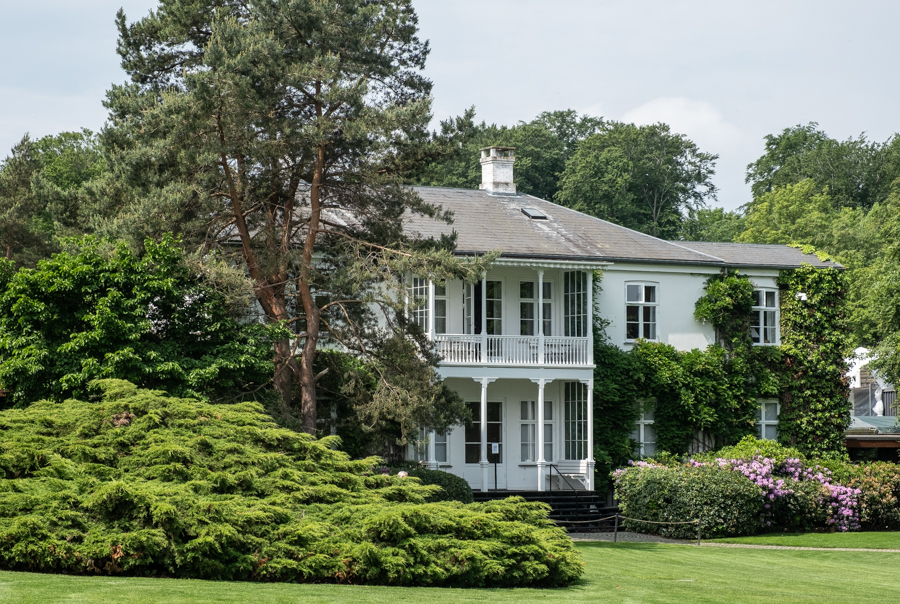
22_39
Beata inside one of the new works at Louisiana, a large glass cylinder of some sort:
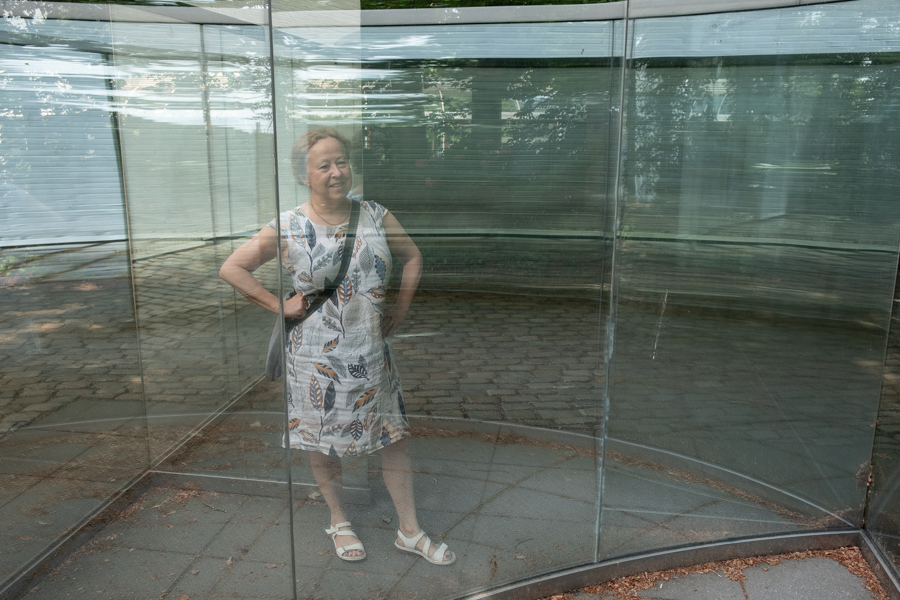
22_40
Louisiana is right on the shores of Øresund, the narrow strait separating Denmark from Sweden. It is surrounded by a large sculpture garden:
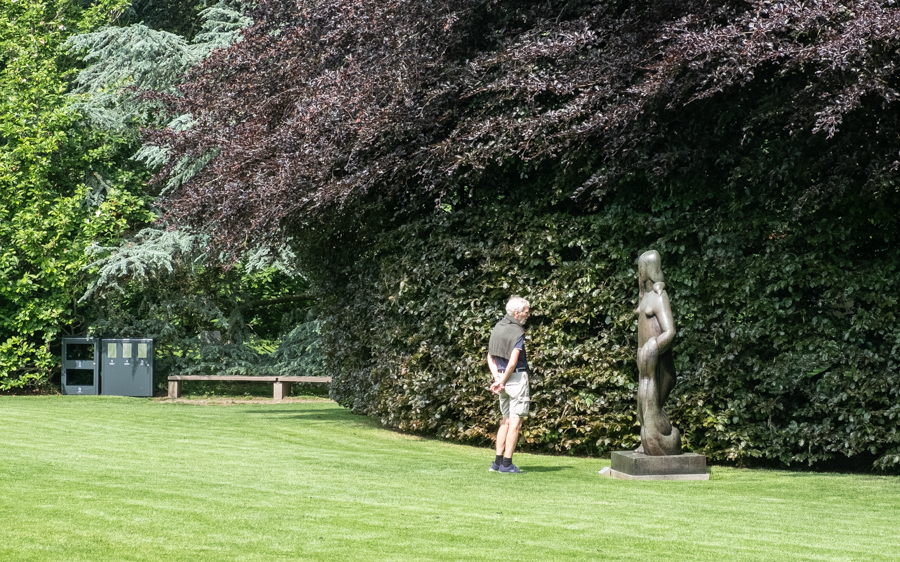
22_41
The sculpture garden contains works by many famous artists, including Alexander Calder:
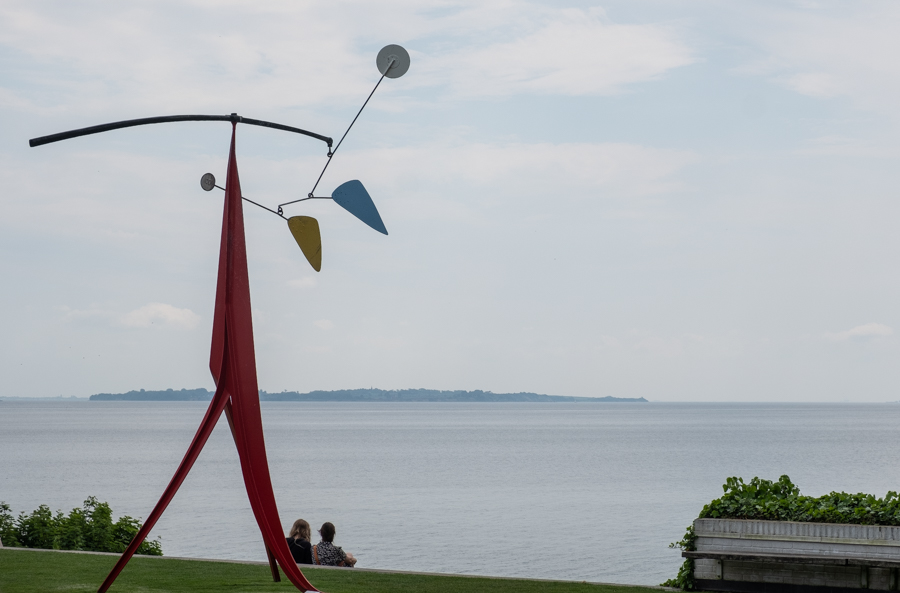
22_42
Louisiana has a good restaurant, so Beata and I had lunch there, enjoying the good weather, as did many others:
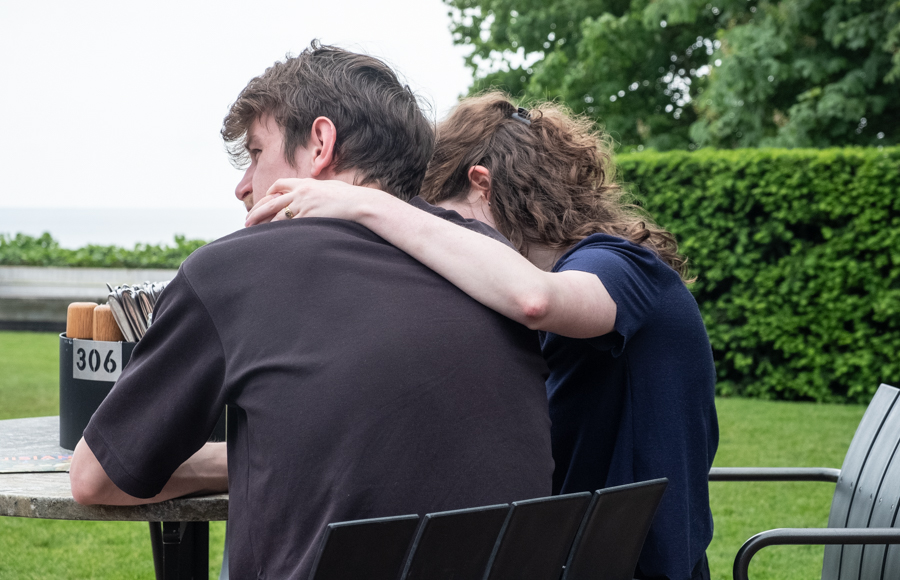
22_43
The food was a treat for both the eye and the palate:
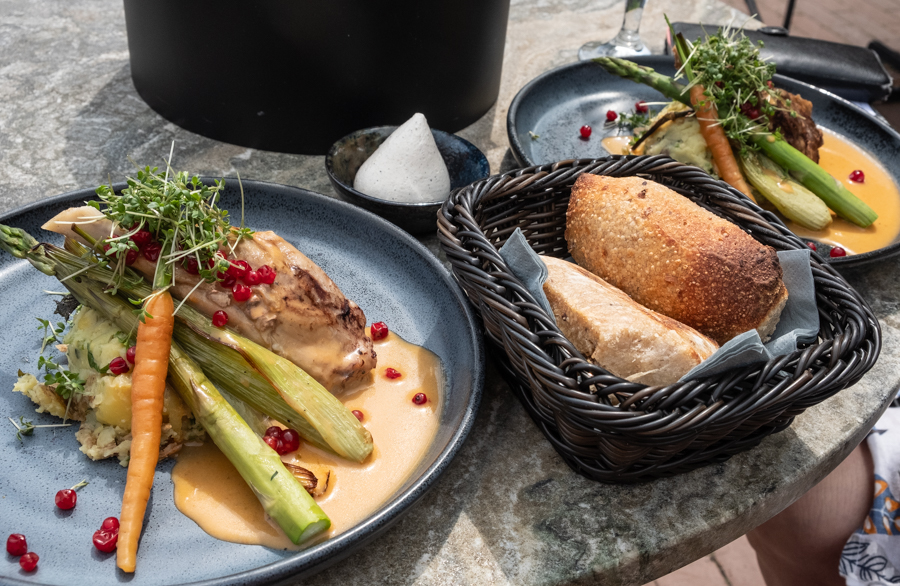
22_44
In the afternoon I said goodbye to Beata. My flight home was after 8 p.m., so I still had time to visit Nyhavn, Copenhagen’s favourite watering hole, especially on a lovely warm late spring day:
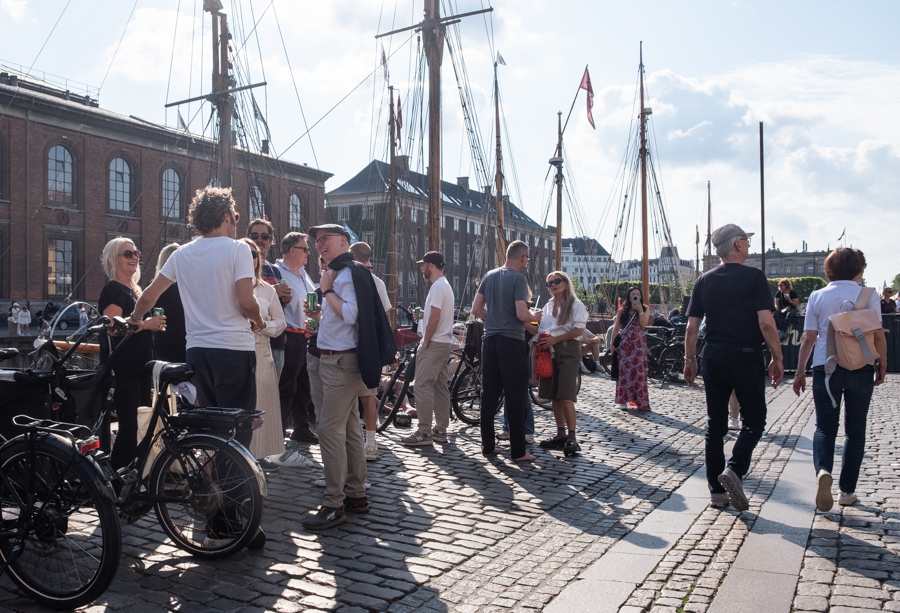
22_45
Besides visiting my father’s grave, I usually honour his memory by having a pint a McJoy’s Pub in Nyhavn, a place we often visited together. And so I did this time, sitting outside and watching the people around me:
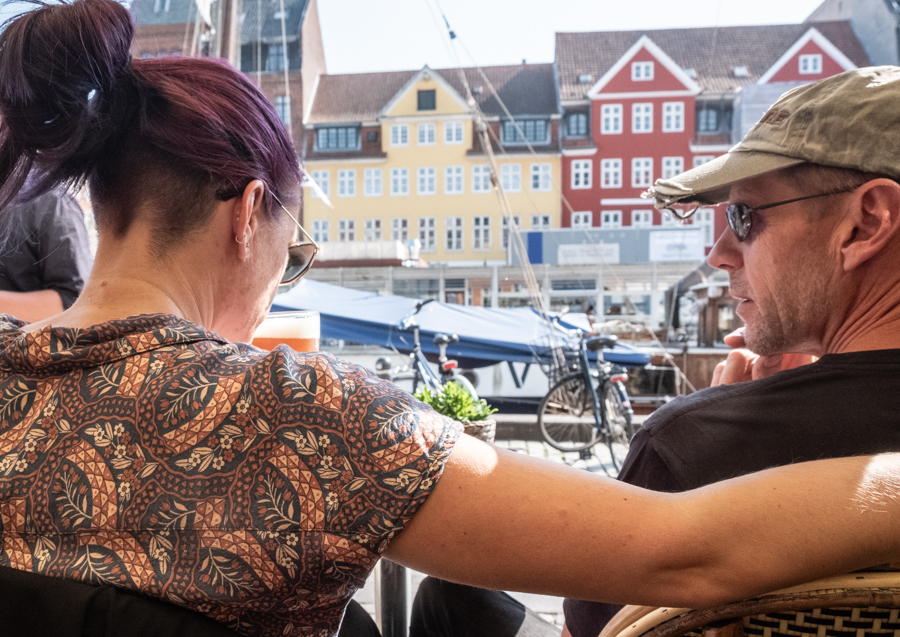
22_46
Nyhavn means “new harbour” and is part of the system of canals in central Copenhagen. Taking a boat tour is a popular way for tourists to see the waterfront:
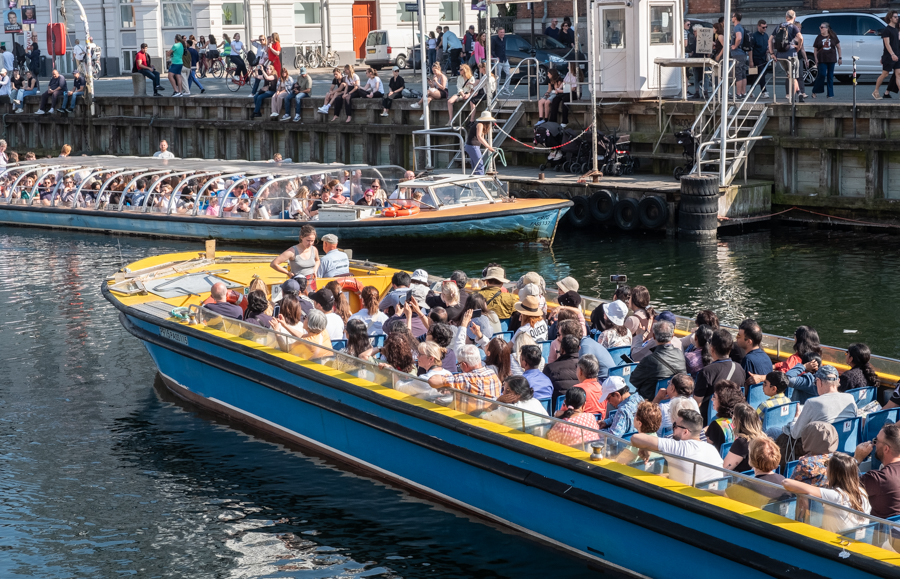
22_47
After my pint, I walked the length of the main pedestrian street, from the Kongens Nytorv square to Copenhagen’s city hall and on to the main train station for my train to the airport. On Kongens Nytorv, I photographed this very young cyclist:
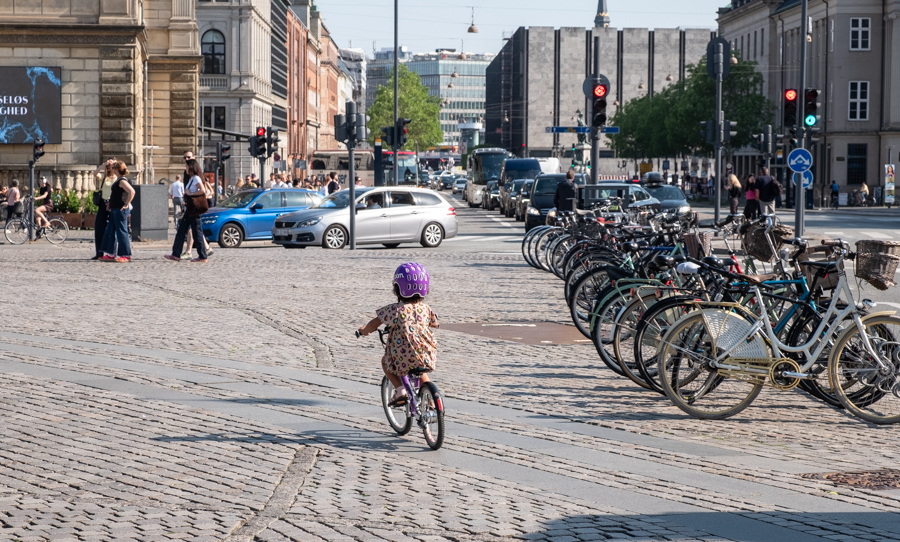
22_48
Another young cyclist near city hall, although somewhat older than the preceding one:
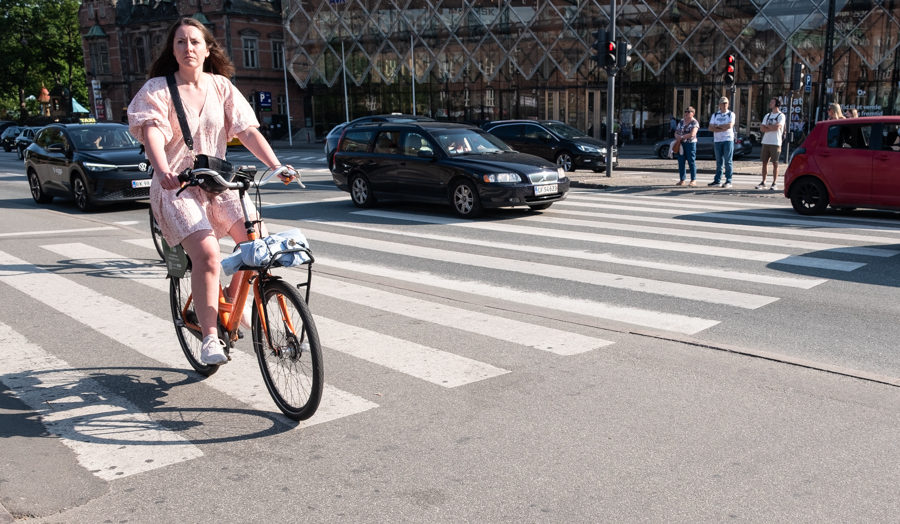
22_49
Another way to collect bottles–people sometimes through trash into the handlebar baskets on bicycles. This one, however, welcomes empty bottles:
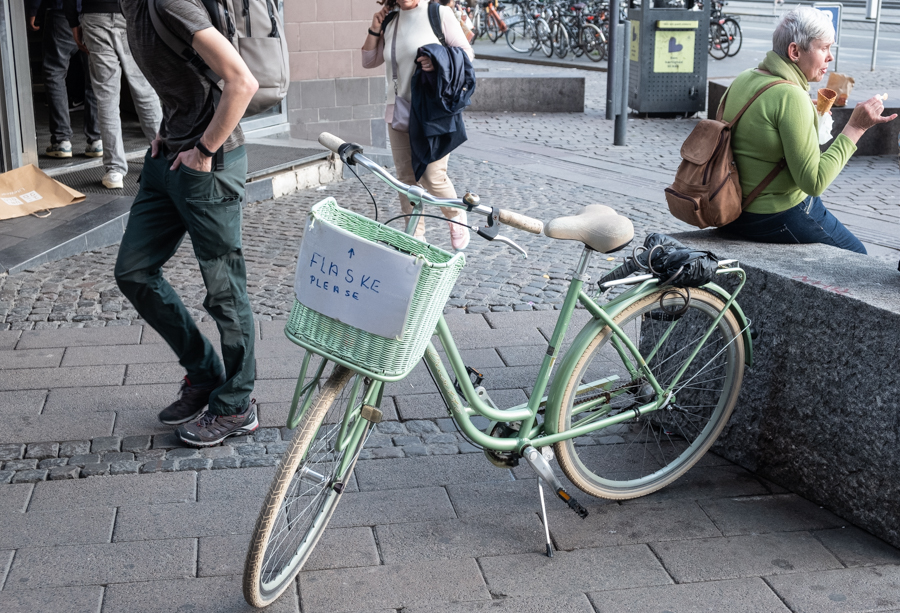
22_50
A very tall bench on the square in front of the city hall. It is not a standard piece of street furniture; several of these benches have been set up by a local TV station to indicate the sea level rise that will occur by 2100 if nothing is done about climate change:
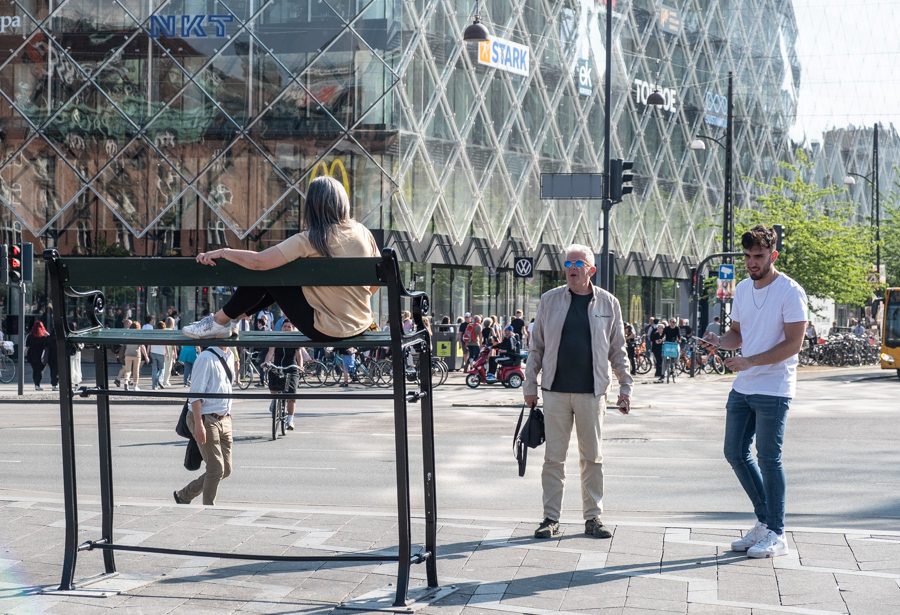
A full Tallinn gallery is here, and here are more photos from the visit in Copenhagen.